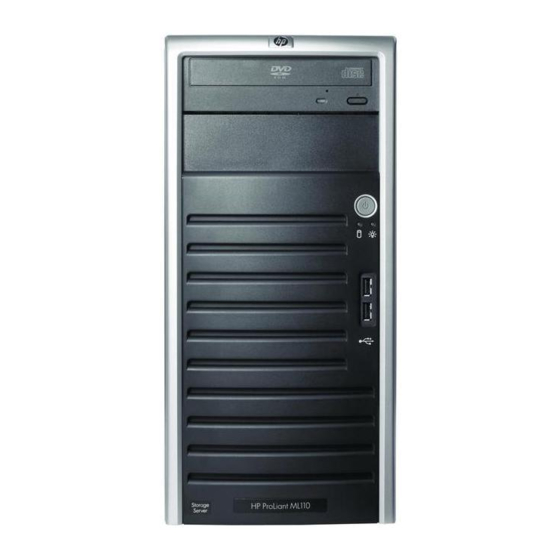
HP PROLIANT ML110 G5 User Manual
Hide thumbs
Also See for PROLIANT ML110 G5:
- Quickspecs (32 pages) ,
- User manual (172 pages) ,
- Integration notes (26 pages)














Need help?
Do you have a question about the PROLIANT ML110 G5 and is the answer not in the manual?
Questions and answers